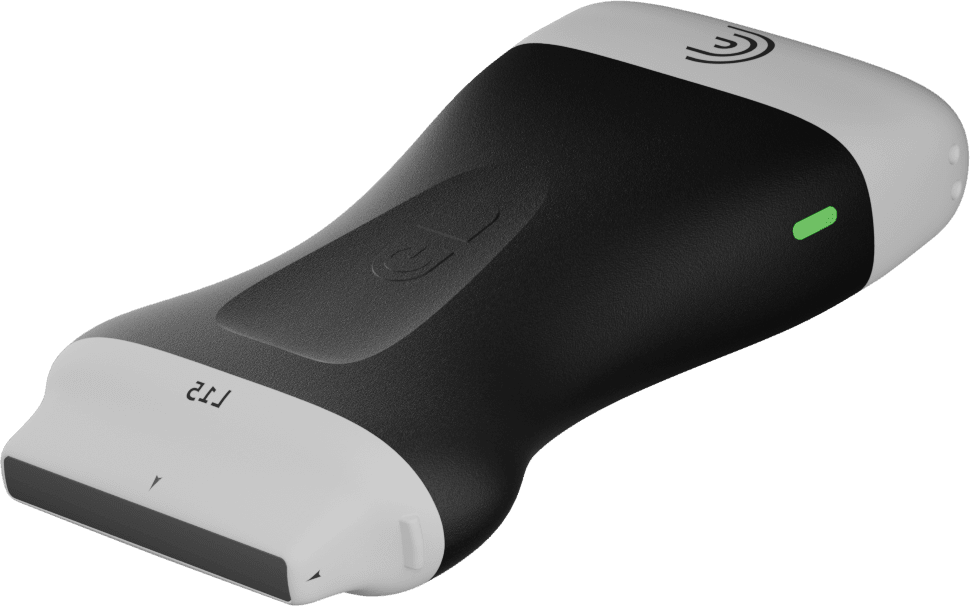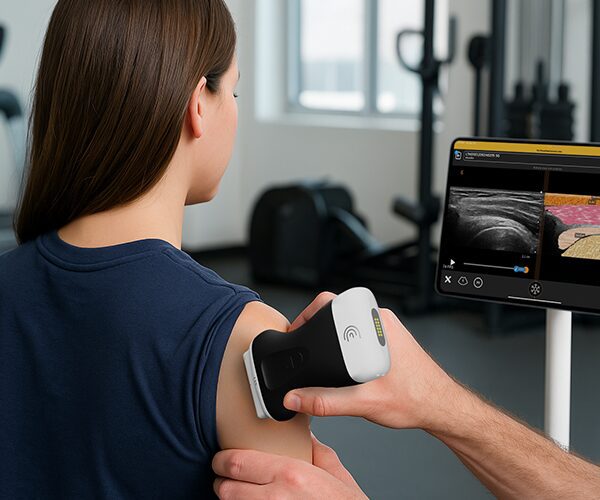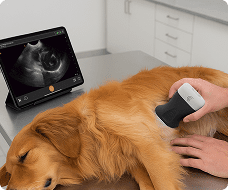In this episode, Ohad speaks with Jonathan Perlin, MD, PhD, MSHA, MACP, FACMI, President & CEO of The Joint Commission. They explore the critical intersection of healthcare technology and quality improvement, emphasizing the need for a rational business case to drive technology adoption.
Dr. Perlin highlights the importance of streamlined performance measures to reduce reporting burdens and enhance patient care. He also touches on the transformative role of AI in healthcare, particularly in improving diagnostic support and workflow efficiency.
Topics discussed:
In this week’s episode of the Healthcare Disruptors podcast, I had the privilege of speaking with Jonathan Perlin, MD, PhD, MSHA, MACP, FACMI, President & CEO of The Joint Commission. “Aligning the value chain for the patient means better outcomes,” he says, emphasizing his point that aligning tech innovations and other care tools are not only sound business investments, but also the right thing to do for the patient. In our engaging conversation, we explore the critical intersection of healthcare technology and quality improvement, the necessity of a rational business case for technology adoption, and the transformative role of AI in enhancing patient care.
Aligning Healthcare Technology with Quality Objectives
Dr. Perlin advises that technology should not only serve operational purposes but also enhance the quality of care delivered to patients. He argues that when healthcare organizations prioritize quality in their technology investments, they create a more effective and efficient system that ultimately benefits patients.
He offers ACE inhibitors for heart failure treatment as an example. “It’s well known that the simple prescription of an ACE inhibitor reduces readmissions, reduces ER visits, improves function; so for the payer, if you get the patients appropriately and consistently on ACE inhibitors with heart failure, their medical loss ratio is better. One measure of on an ACE inhibitor, clinicians are much happier… And best of all, the patient actually doesn’t have to go back in the hospital, doesn’t have to go to the emergency room, and doesn’t have to be immobile because their heart failure has precluded them from enjoying life to the maximum capacity that that medication conferred.”
By focusing on quality objectives, organizations can ensure that their technological advancements translate into tangible improvements in patient care and outcomes, which of course has ripple effects of benefits other healthcare organizations such as payers.
Creating A Rational Business Case For Adopting New Technologies
Dr. Perlin also highlights that many organizations struggle with technology adoption due to a lack of clear justification for the investment. “If you look at what the big safety and quality gaps are, they actually transcend the payment model. I remember trying, when I first came to HCA, to articulate ‘this is the return on quality, this is the return on safety.’ Two things were notable. One is the CFO looked at me and said, ‘John, this is the right thing to do. It doesn’t matter what the return is.’ The CEO looked at me and said, ‘there is no business case for poor quality. It’s not a sustainable business model.’ And so I think a number of those incentives are self-evident.”
A well-structured business case should be anchored in quality improvement metrics, demonstrating how the technology will contribute to better patient outcomes and operational efficiency. By presenting a compelling business case, healthcare leaders can secure the necessary buy-in from stakeholders and facilitate smoother implementation of new technologies.
Embracing and Shaping the Role of Artificial Intelligence
Dr. Perlin shares his insights on how AI can transform various aspects of healthcare delivery, particularly in enhancing diagnostic support and reducing administrative burdens. He explains that AI has the potential to streamline workflows, allowing healthcare professionals to focus more on patient care rather than paperwork.
Given his experience with recommending the use of electronic health records, he contextualizes AI’s potential even more. “With the opportunities with AI today, I think we’re going to have a lot more warming up to electronic records because we both reduce the burden of data entry and increase the opportunities for diagnostic support and really more cognitive relationship with the information, rather than a transactional relationship with both patients and information.”
By leveraging AI, organizations can improve efficiency and accuracy in diagnostics, ultimately leading to better patient outcomes and satisfaction.
Conclusion
Our conversation with Jonathan Perlin sheds light on the vital relationship between healthcare technology and quality improvement. By aligning technology with quality objectives, creating a rational business case for adoption, and embracing the transformative potential of AI, healthcare organizations can pave the way for a more effective and patient-centered future. As we move forward in this rapidly evolving landscape, it is crucial for leaders to prioritize these elements to ensure that technology serves as a catalyst for positive change.









